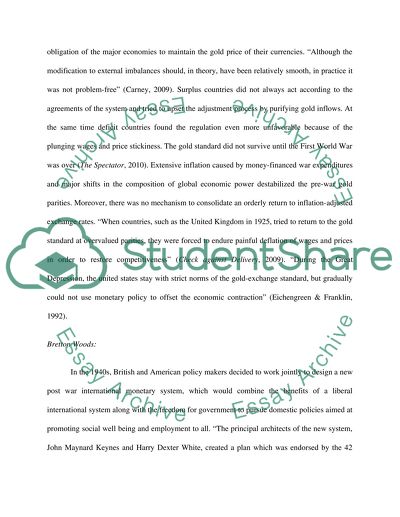Cite this document
(“Evolution of International Monetary System Essay”, n.d.)
Retrieved from https://studentshare.org/environmental-studies/1410829-evolution-of-international-monetary-system
Retrieved from https://studentshare.org/environmental-studies/1410829-evolution-of-international-monetary-system
(Evolution of International Monetary System Essay)
https://studentshare.org/environmental-studies/1410829-evolution-of-international-monetary-system.
https://studentshare.org/environmental-studies/1410829-evolution-of-international-monetary-system.
“Evolution of International Monetary System Essay”, n.d. https://studentshare.org/environmental-studies/1410829-evolution-of-international-monetary-system.


